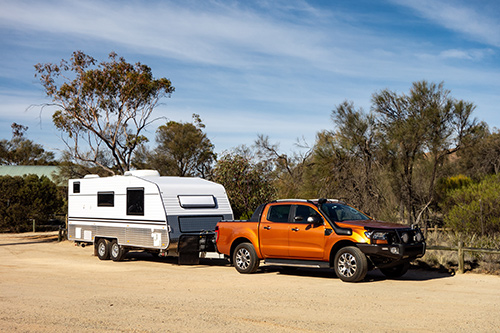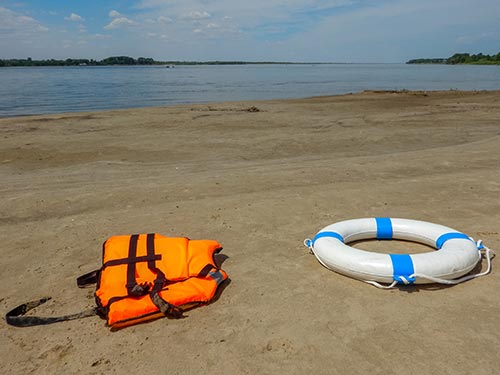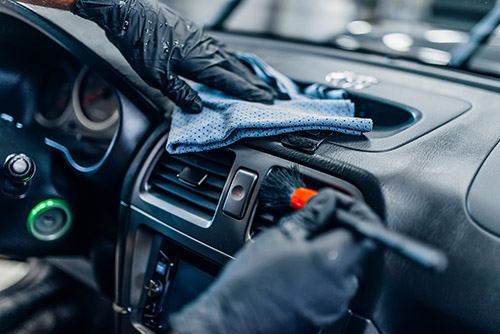
Bed bugs are great hitchhikers. They can move from an infested site to a new home by traveling on furniture, bedding, luggage, boxes and clothing.
Although they typically feed on blood every 5 to 10 days, bed bugs can be quite resilient; they are capable of surviving several months to a year without feeding.
A few simple precautions can help prevent bed bug infestation in your home:
Inspect the luggage rack in your hotel room for bed bugs.
- Check secondhand furniture, beds and couches for any signs of bed bug infestation before bringing them home.
- Use a protective cover that encases mattresses and box springs to eliminate many hiding spots. The light color of the encasement makes bed bugs easier to see. Be sure to purchase a high quality encasement that will resist tearing and check the encasement regularly for holes or a cover that has been pre-treated with pesticide to control bed bugs.
- Reduce clutter in your home to reduce hiding places for bed bugs.
- Vacuum frequently to remove any successful hitchhikers.
- Be vigilant when using shared laundry facilities. Transport items to be washed in plastic bags (if you have an active infestation, use a new bag for the journey home). Remove from dryer directly into bag and fold at home. (A dryer on high heat can kill bed bugs.)
- If you live in a multi-family home, try to isolate your unit by:
- Installing door sweeps on the bottom of doors to discourage movement into hallways.
- Sealing cracks and crevices around baseboards, light sockets, etc., to discourage movement through wall voids.
- Consider purchasing a portable heating chamber to treat any items that you believe may have bed bugs.
- Be sure to read and carefully follow the directions if you use one of these units and be aware that they are not regulated by EPA or other federal agencies.
Source: epa.gov




